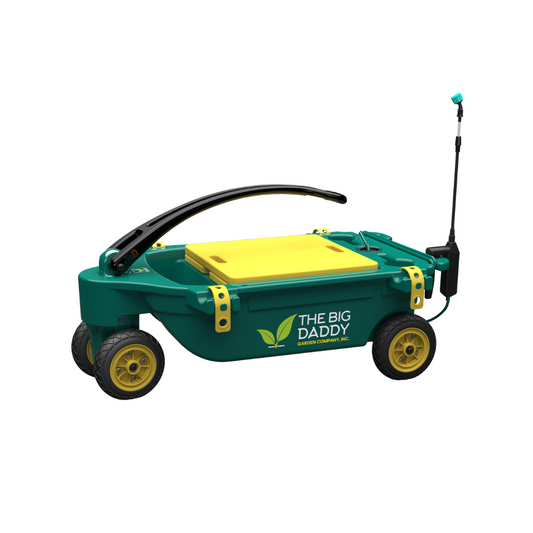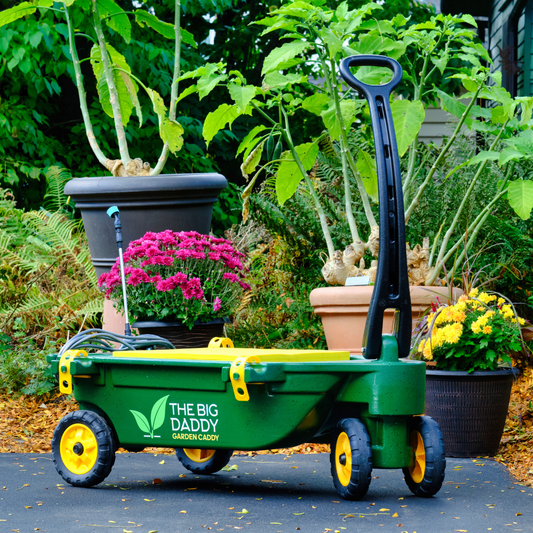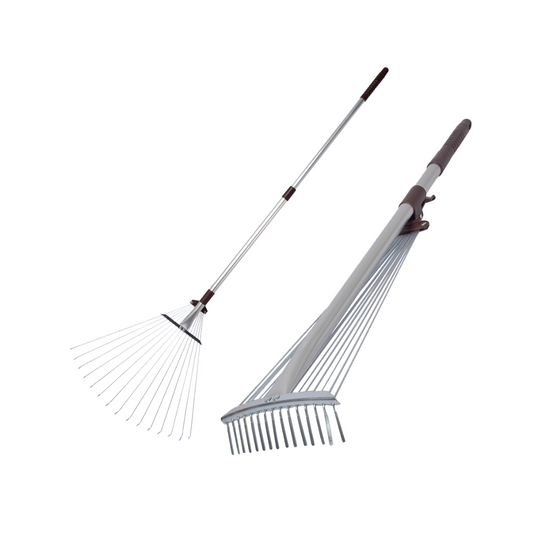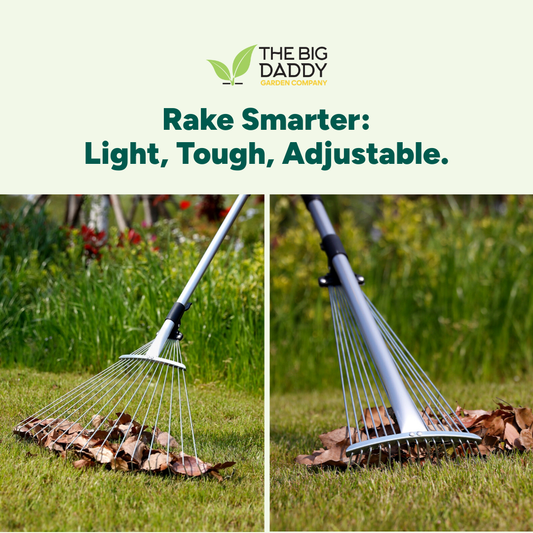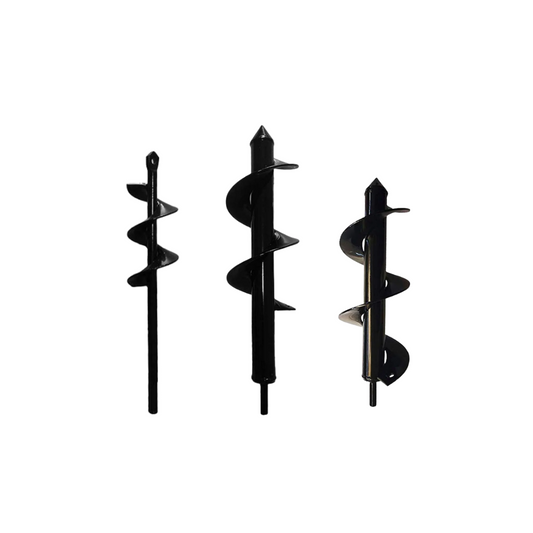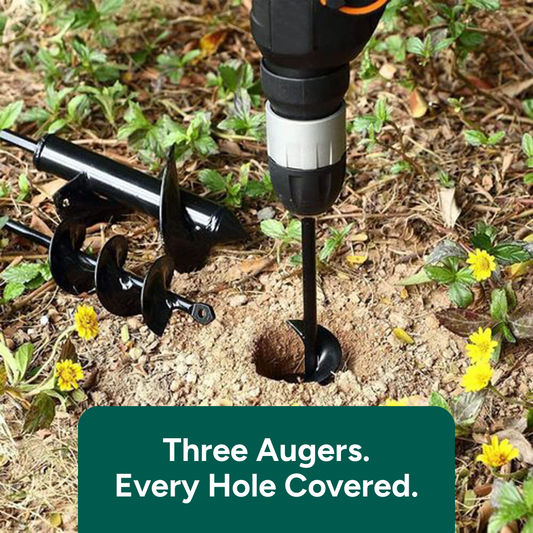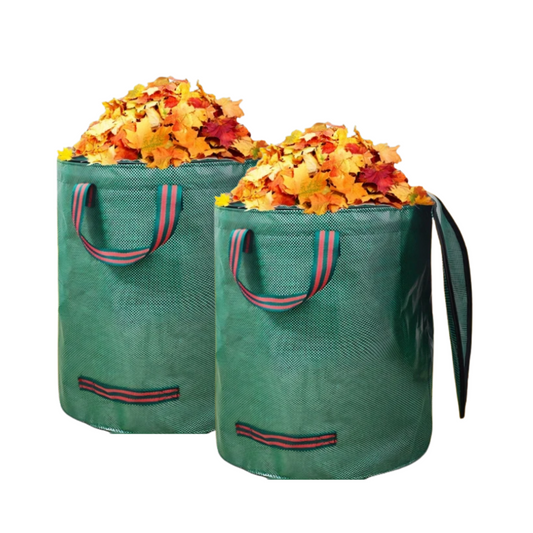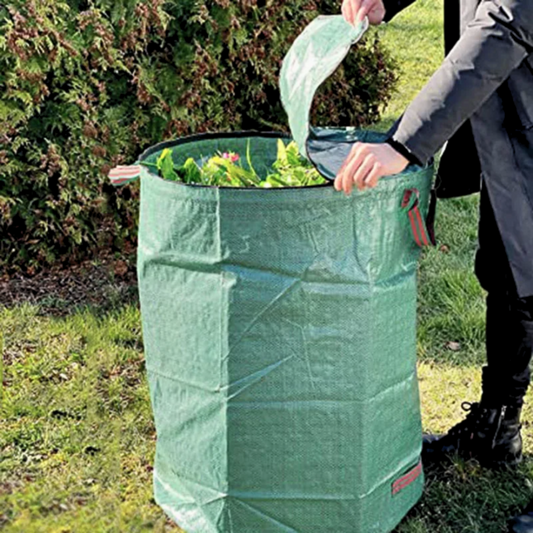
They Say Dirt Don't Hurt...
They Say Dirt Don’t Hurt…
They say “Dirt Don’t hurt,” in fact, that’s even the title of this blog, Dirt Don’t Hurt with Big Daddy, but today, we’ll talk about the importance of quality soil, and how poor soil quality can in fact, hurt your garden.
When we think about a healthy garden, we often focus on sunlight, water, and seeds. But there’s a critical factor beneath our feet that’s easy to overlook: soil quality. Soil isn’t just dirt—it’s a living, breathing foundation that can make or break your garden. Whether you’re planting vegetables, flowers, or fruit trees, the quality of your soil determines how well your plants grow, how much they yield, and how resistant they are to disease and pests.
Let’s dig into why soil quality is so essential and how you can improve it for a thriving garden.
Let’s Start with the Question: What Makes Soil “Good”?
Healthy soil has several key characteristics:
- Structure: It should be loose, crumbly, and easy to dig—allowing roots to spread and air to circulate.
- Nutrients: Rich soil contains essential elements like nitrogen, phosphorus, potassium, calcium, and magnesium.
- pH Balance: Most plants prefer a slightly acidic to neutral pH (6.0–7.0).
- Organic Matter: Decomposed leaves, compost, and manure help feed plants and improve soil texture.
- Microbial Life: Healthy soil teems with beneficial organisms like bacteria, fungi, earthworms, and insects that help break down organic material and support plant health.
Without these qualities, soil can become compacted, nutrient-poor, and lifeless—leaving your plants struggling to survive.
Why Soil Quality Matters
-
Stronger, Healthier Plants
Good soil gives plants what they need from the ground up. Roots can grow deeper and absorb nutrients more efficiently, leading to bigger blooms, stronger stems, and more productive harvests. Poor soil often leads to stunted growth, yellowing leaves, and weak yields. -
Water Retention and Drainage
High-quality soil holds just the right amount of water—enough to keep plants hydrated but not so much that roots rot. Sandy soil drains too quickly, while clay soil holds too much water. Loamy soil, rich in organic matter, strikes a healthy balance. -
Disease and Pest Resistance
Healthy soil supports a diverse community of microorganisms that help protect your plants from harmful fungi, bacteria, and pests. Think of it as your garden’s immune system. When soil is depleted, your plants are more vulnerable to attack. -
Environmental Sustainability
Well-maintained soil reduces the need for chemical fertilizers and pesticides. It supports long-term plant health and promotes biodiversity both above and below ground. Composting and organic amendments reduce waste and nourish your soil naturally.
Signs of Poor Soil Quality, a.k.a. Dirt That Hurts
You might have a soil issue if you notice:
- Water pooling or not draining after rain
- Hard, compacted soil that's tough to dig
- Poor plant growth or spotty patches
- Discoloration or wilting even with proper watering
- Lots of weeds but few healthy crops or flowers
How to Improve Soil Quality
-
Test Your Soil
Start with a soil test to find out its pH level and nutrient content. Many garden centers or extension offices offer inexpensive testing kits. Knowing your soil type helps you make informed decisions about what to add. -
Add Organic Matter
Compost (which we will talk more about next week), aged manure, grass clippings, and shredded leaves can dramatically improve soil texture and fertility. Apply 2–3 inches of organic material and mix it into the topsoil each season. -
Use Cover Crops
Also known as green manure, cover crops like clover or rye are grown between planting seasons. They add nitrogen, prevent erosion, and boost soil health when tilled under. -
Avoid Over-Tilling
While tilling can help aerate soil, doing it too often can destroy soil structure and kill beneficial organisms. Use no-till or minimal-till methods when possible. -
Rotate Your Crops
Planting the same crop in the same spot each year depletes specific nutrients. Rotate plant families each season to keep your soil balanced and resilient. -
Mulch
Organic mulch helps retain moisture, suppress weeds, and slowly add nutrients as it decomposes. Use straw, wood chips, or shredded leaves to protect your soil.
Conclusion: Start from the Ground Up
Your soil is more than just a place to anchor roots—it’s the living foundation of your garden’s success. Investing time in improving and maintaining soil quality pays off in healthier plants, better yields, and a more sustainable gardening experience. Whether you’re just starting out or refining a seasoned garden bed, remember: great gardens grow from the ground up.
So the next time you grab your trowel or watering can, take a moment to appreciate the quiet, powerful role your soil plays. After all, a happy garden begins with happy soil!

